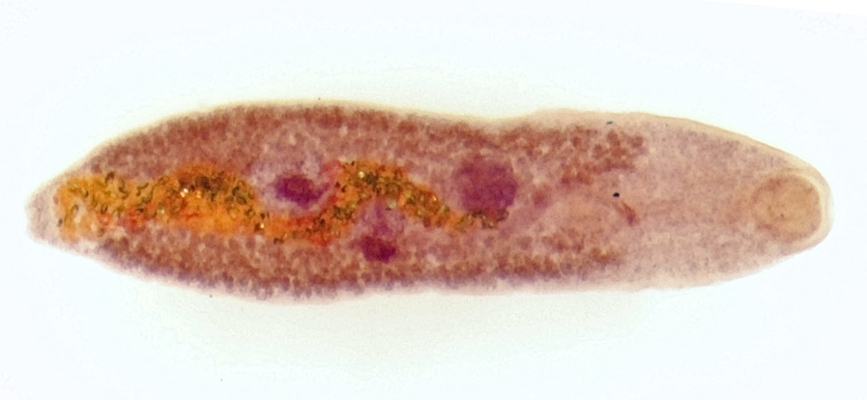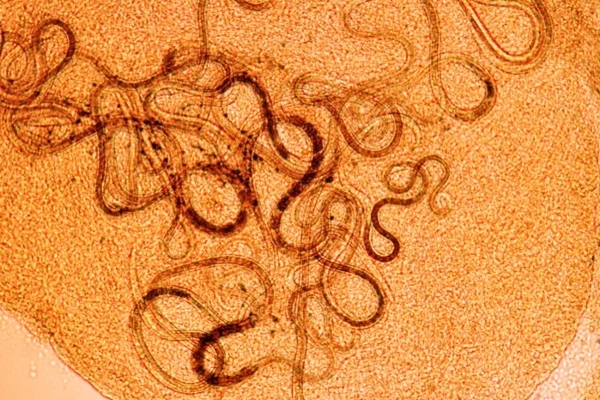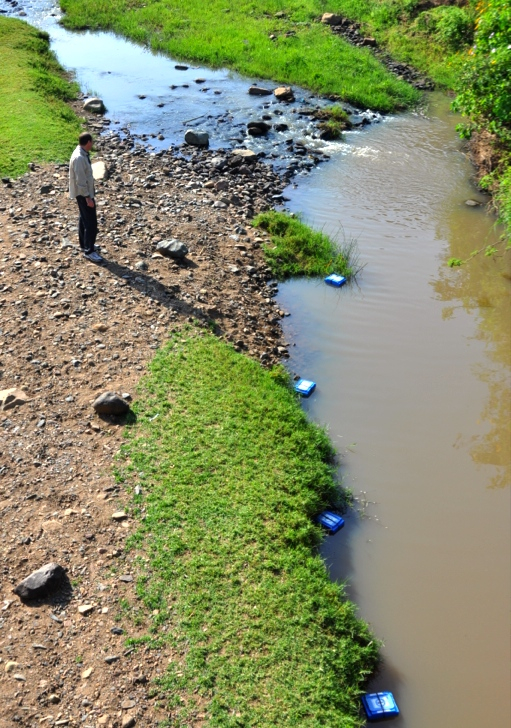Division of Parasites
open weekdays 8am - 5pm
visitors welcome by appointment
information for visitors
phone: (505) 277-1360
fax: (505) 277-1351
museum administrator

mailing:
Division of Parasites
Museum of Southwestern Biology
1 University of New Mexico
MSC03-2020
Albuquerque, NM 87131
shipping:
Division of Parasites
Museum of Southwestern Biology
CERIA Building 83 Room 204
302 Yale Blvd NE
University of New Mexico
Albuquerque, NM 87131
505-277-2517



